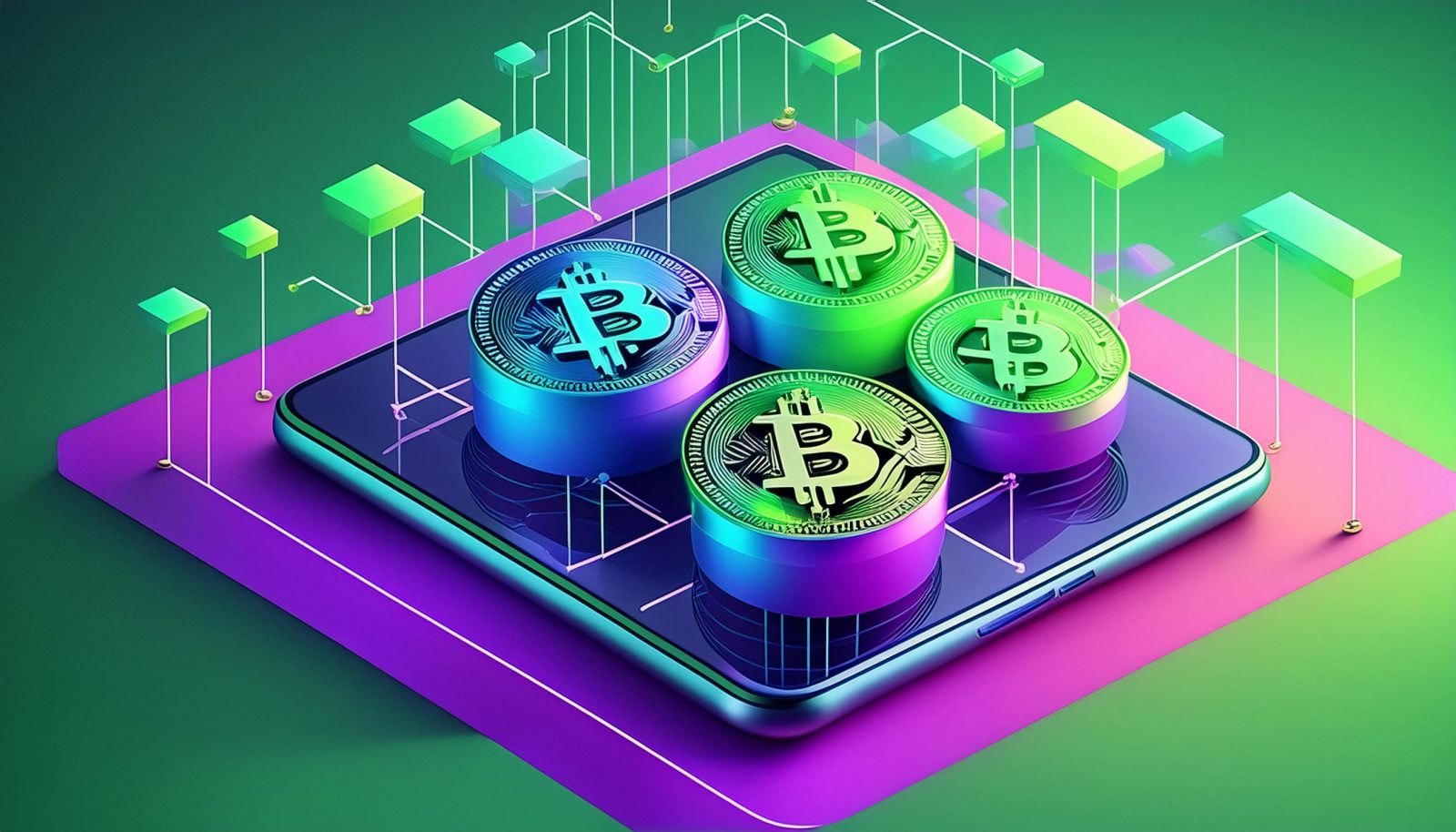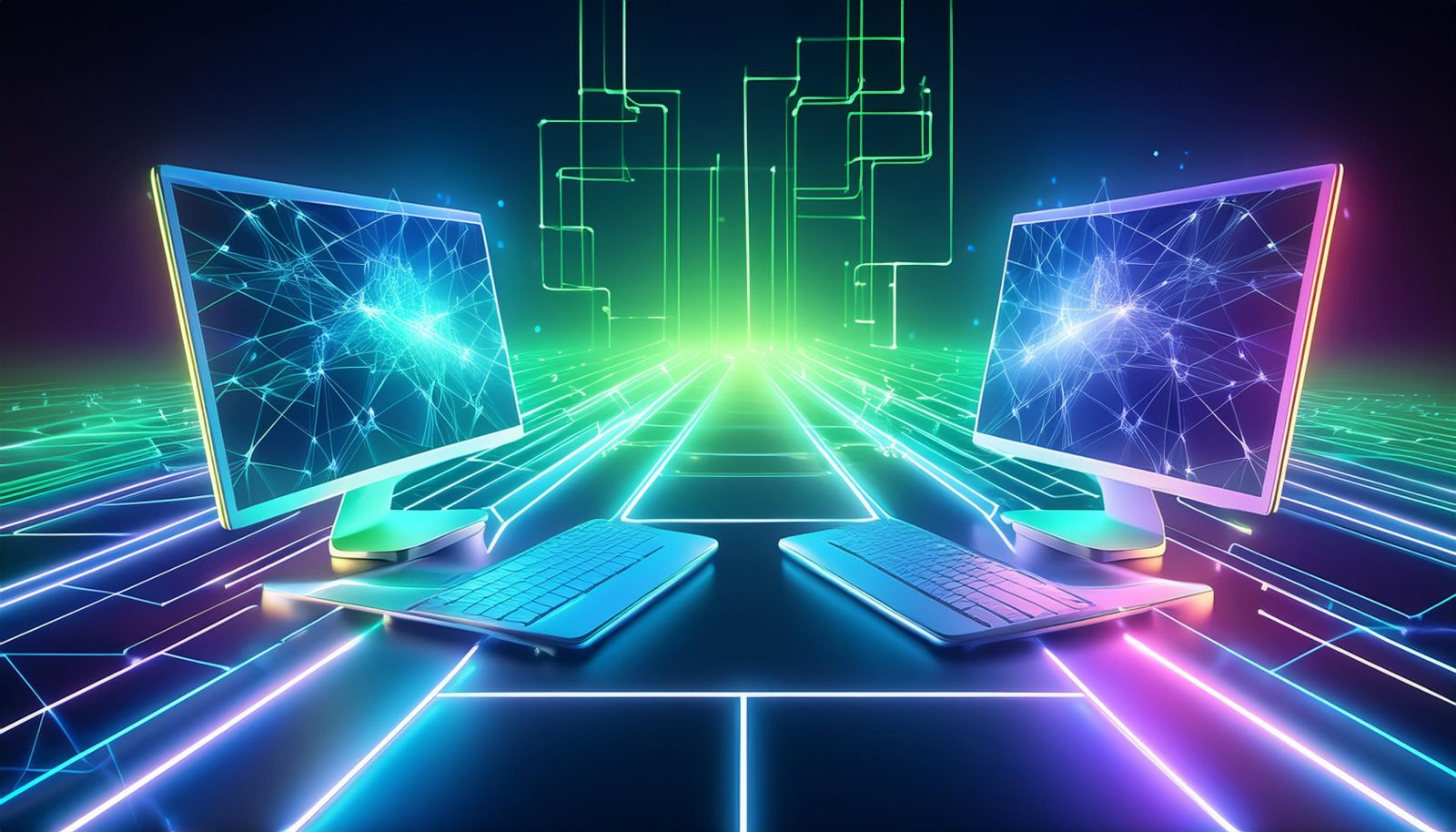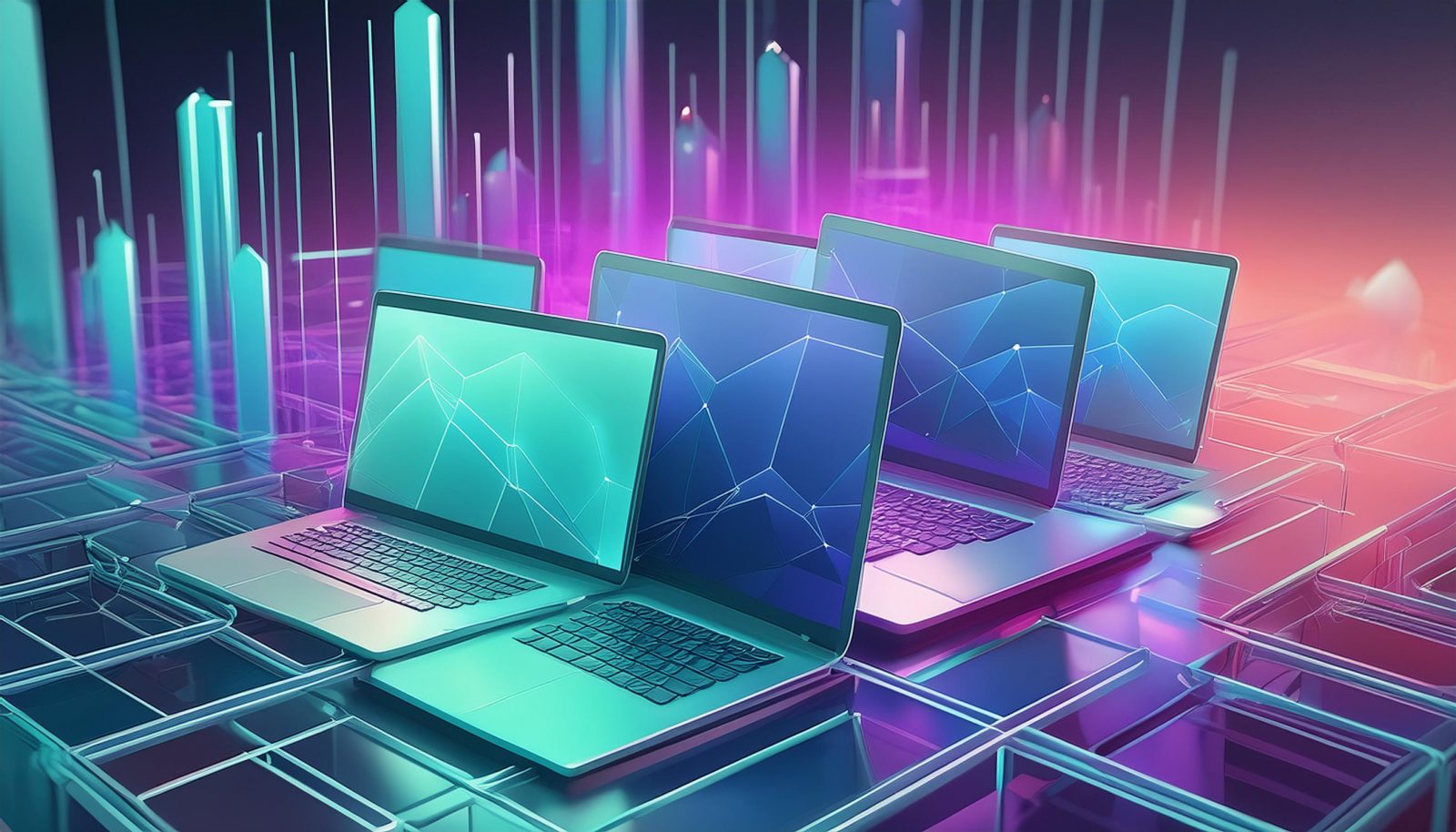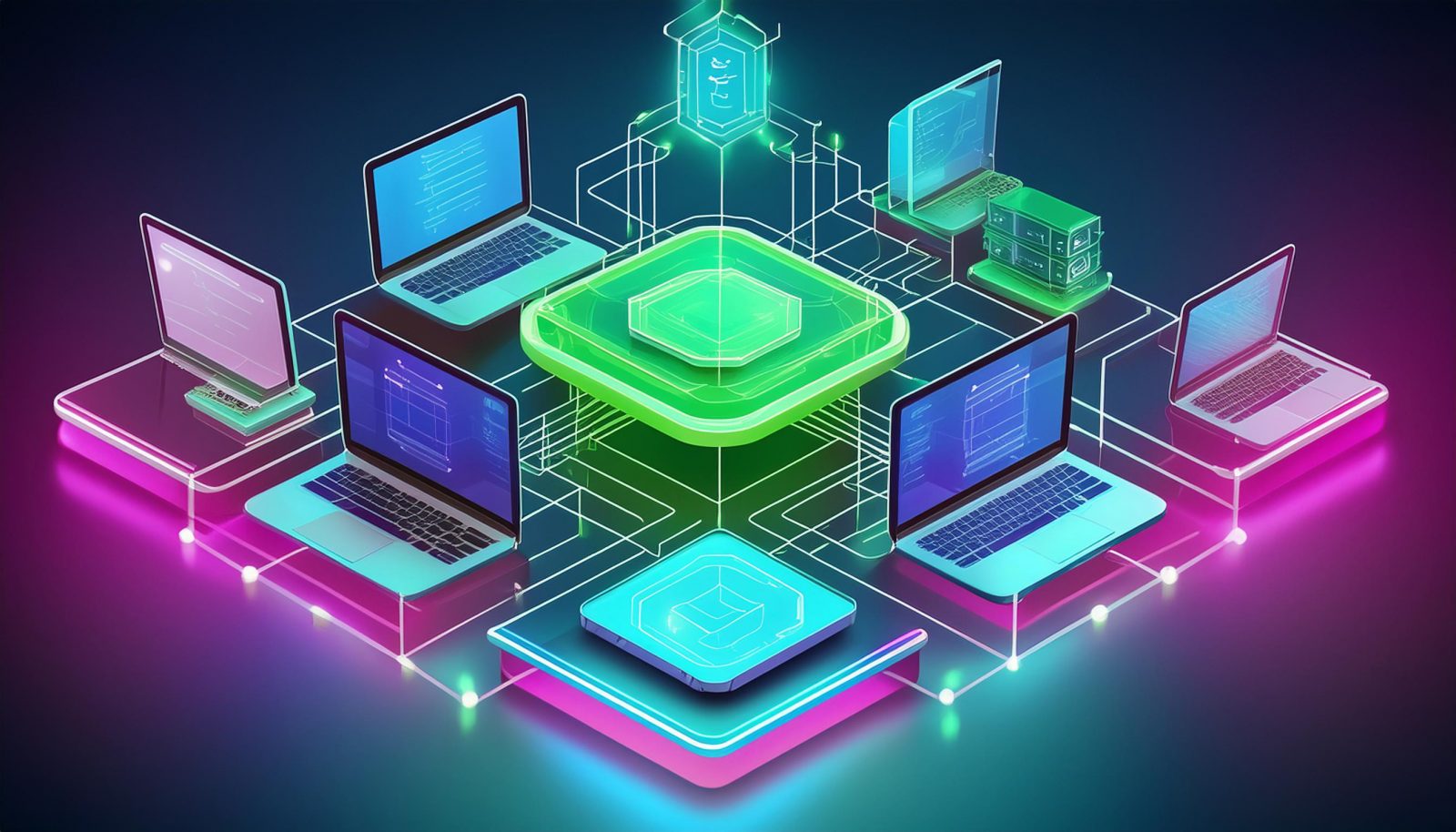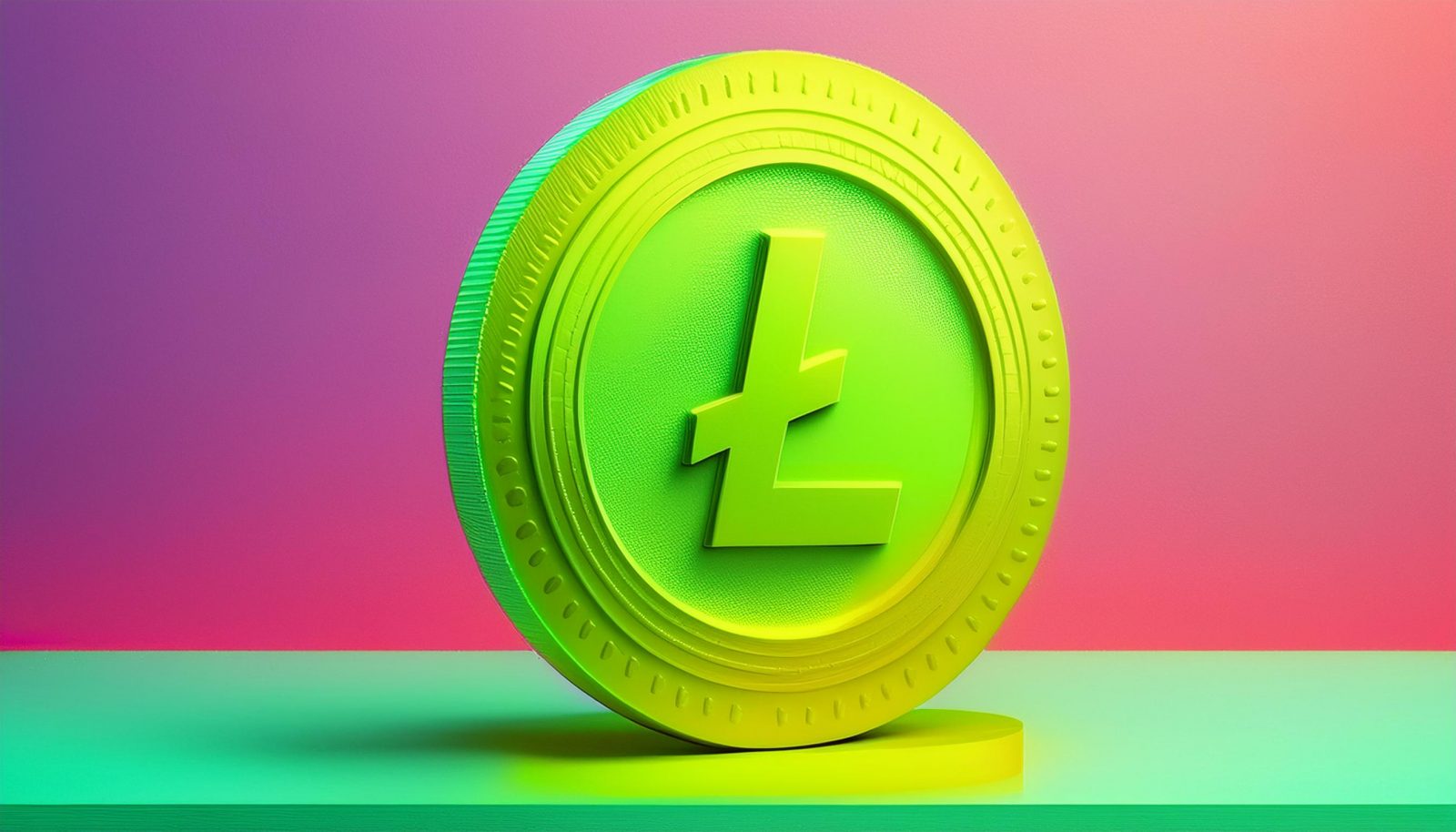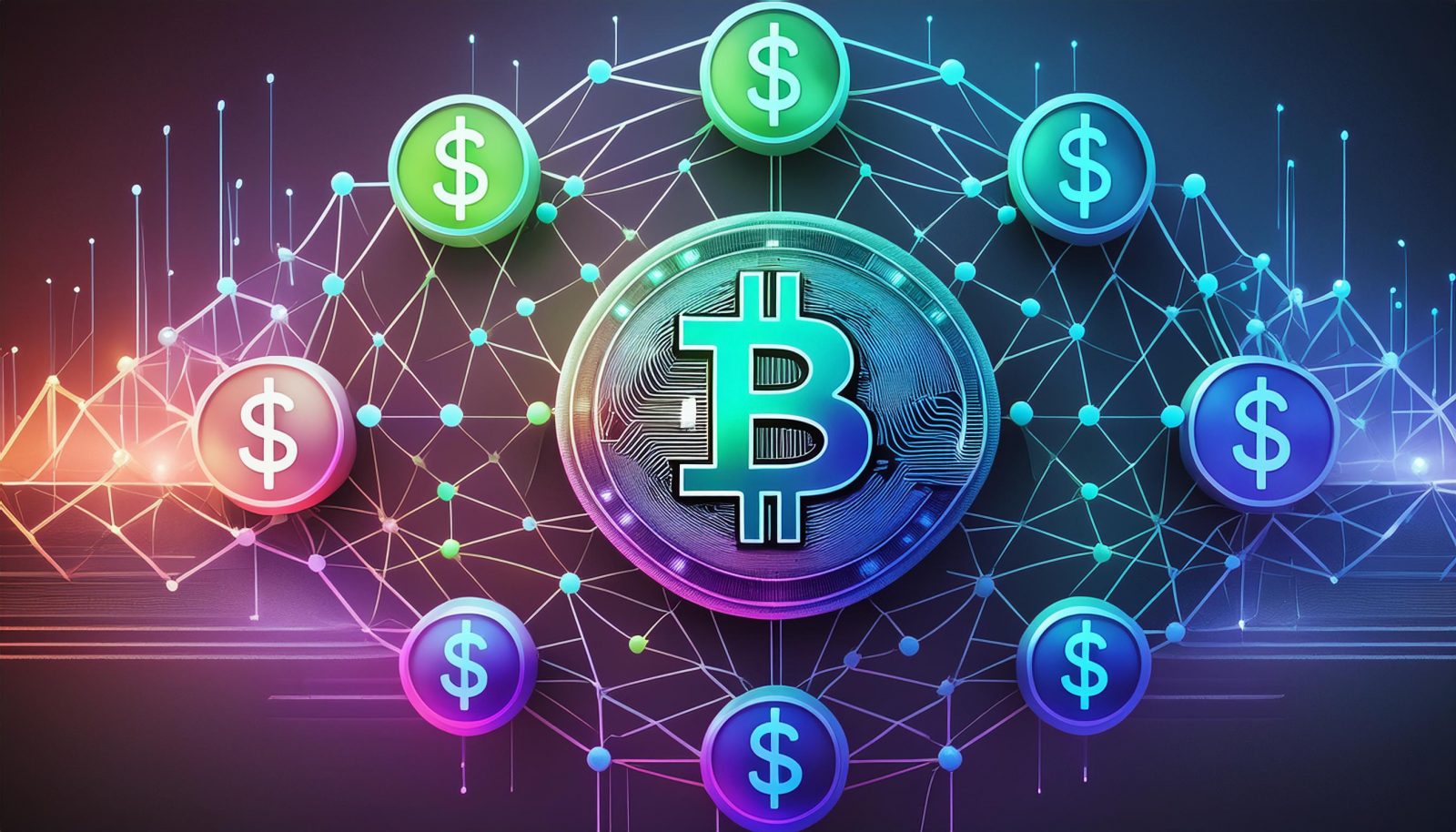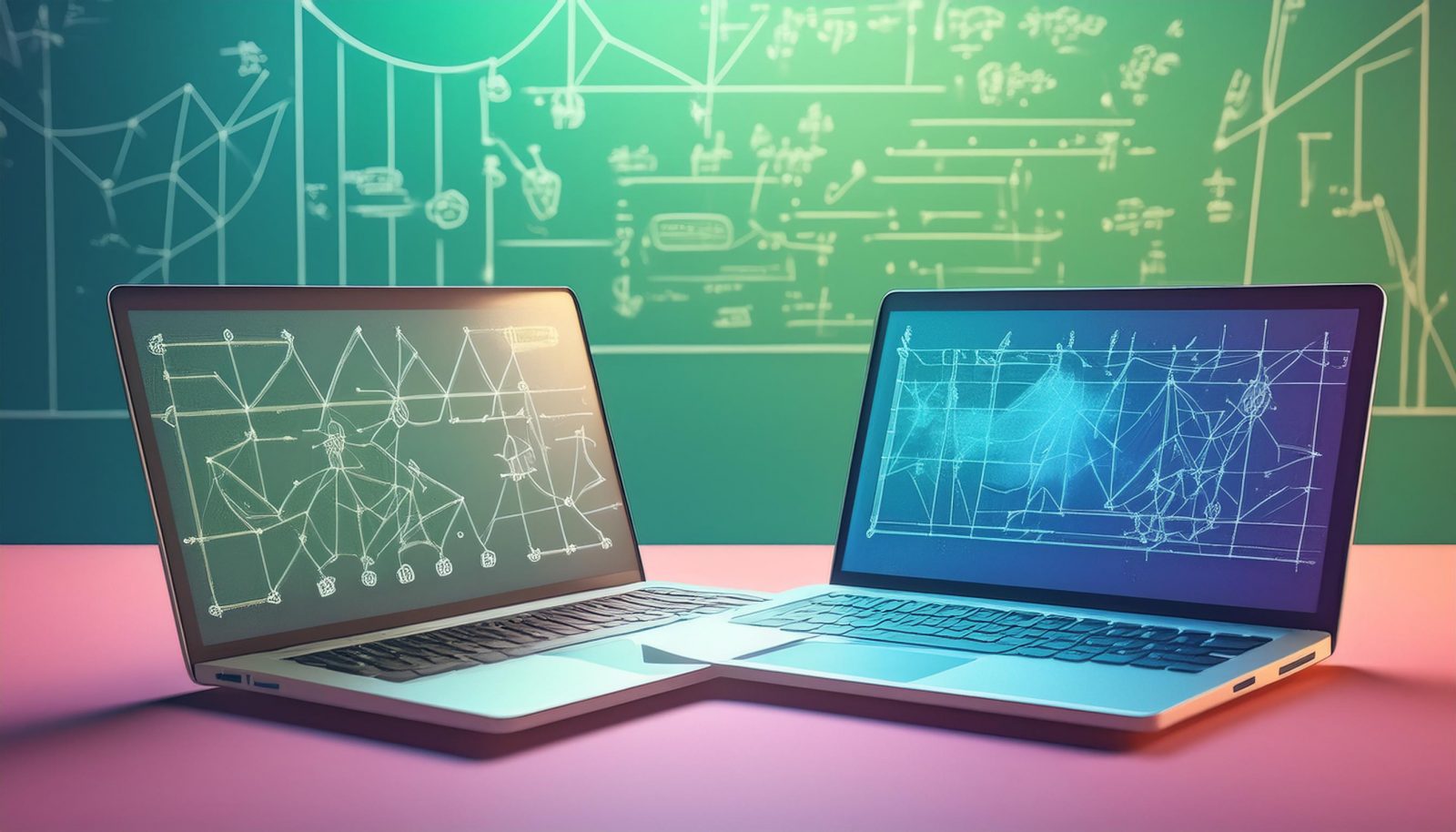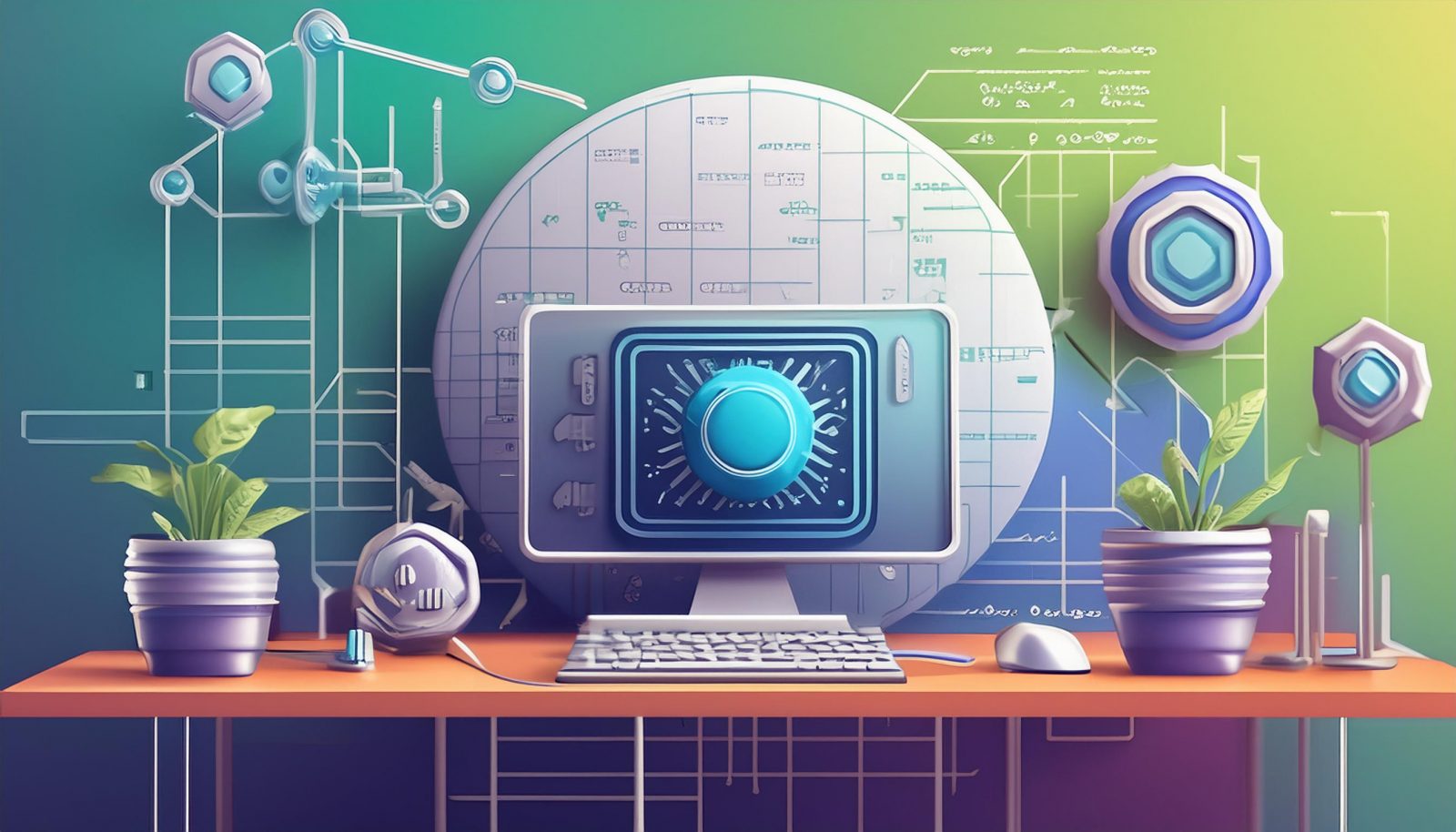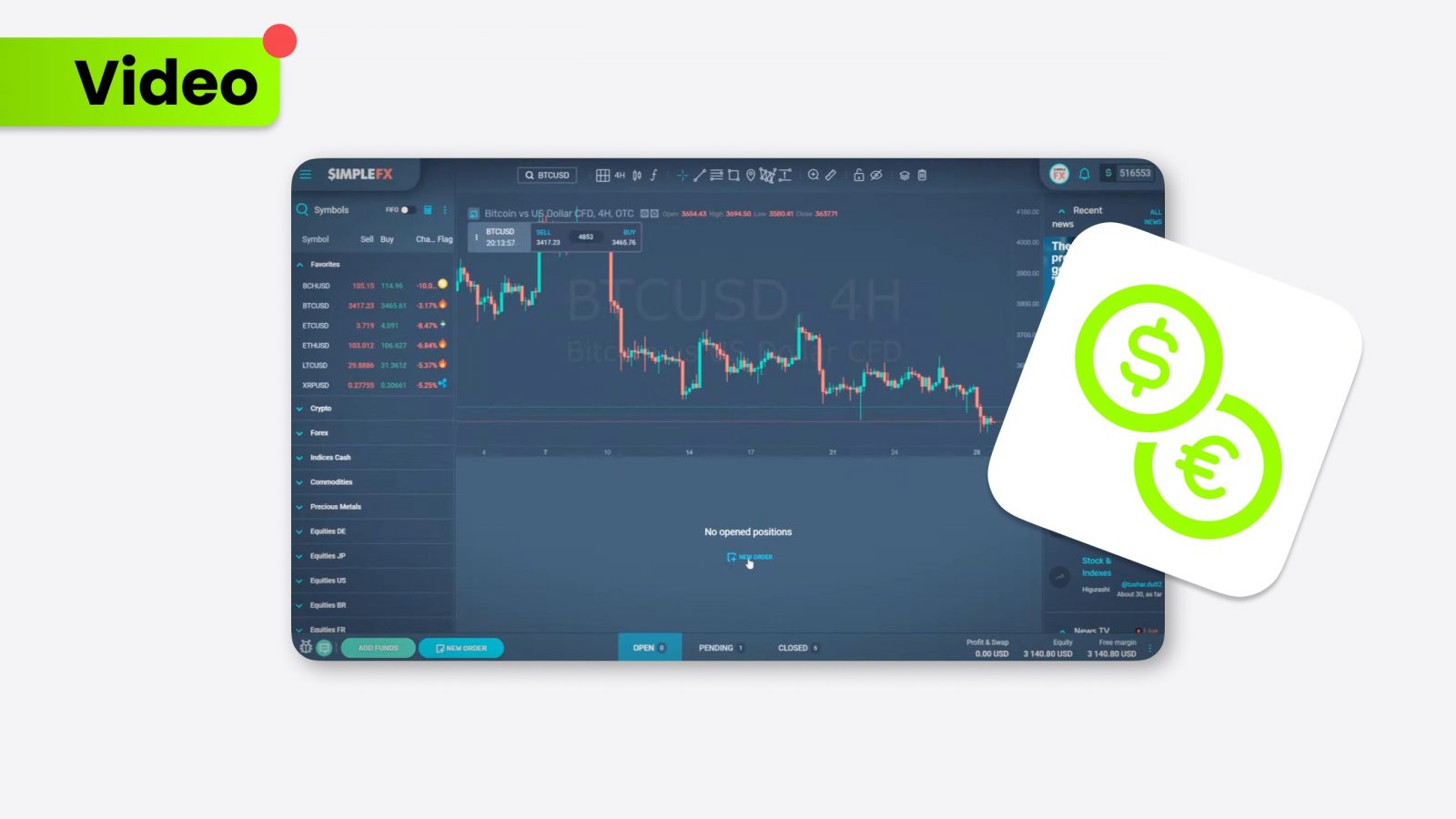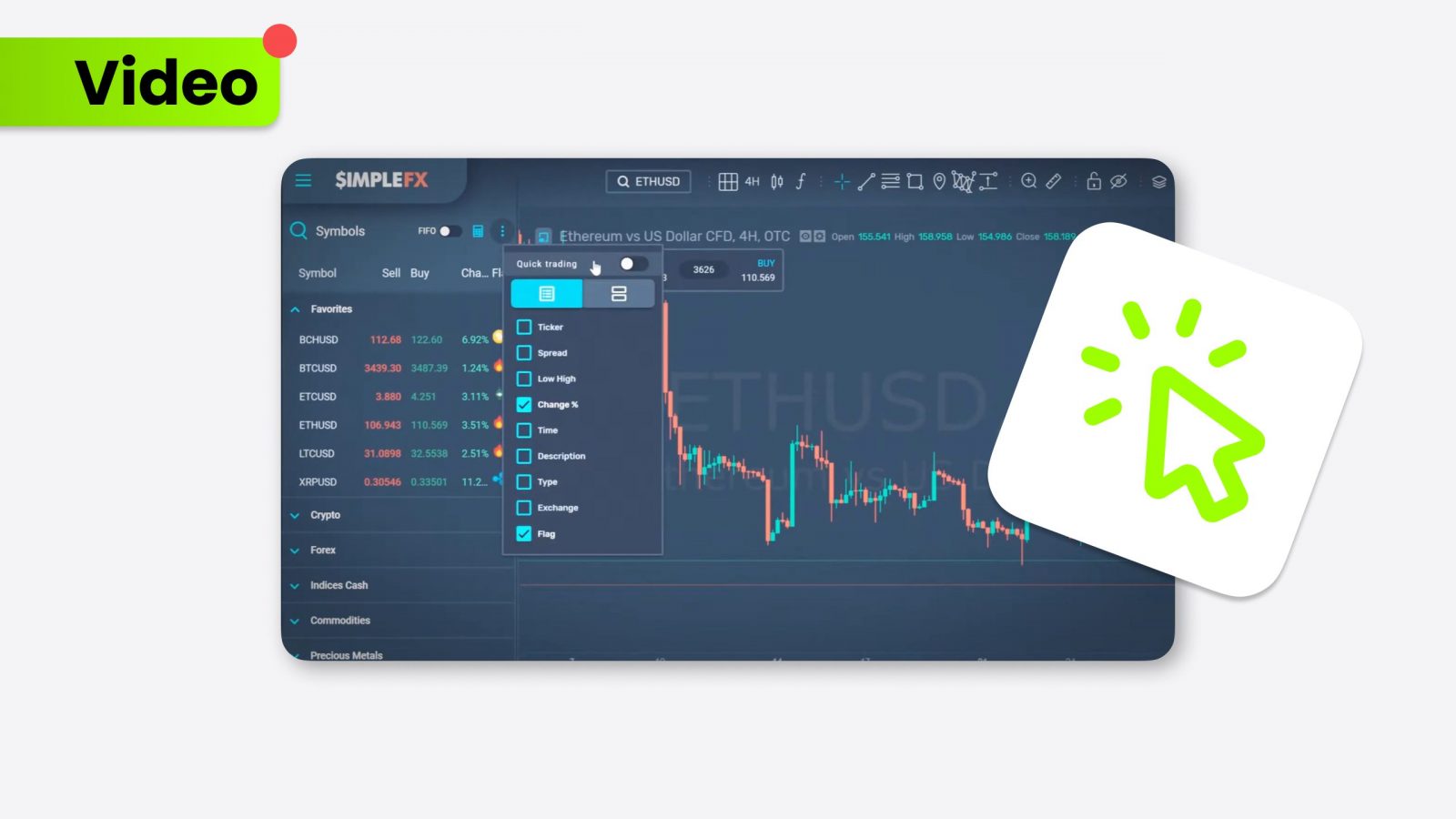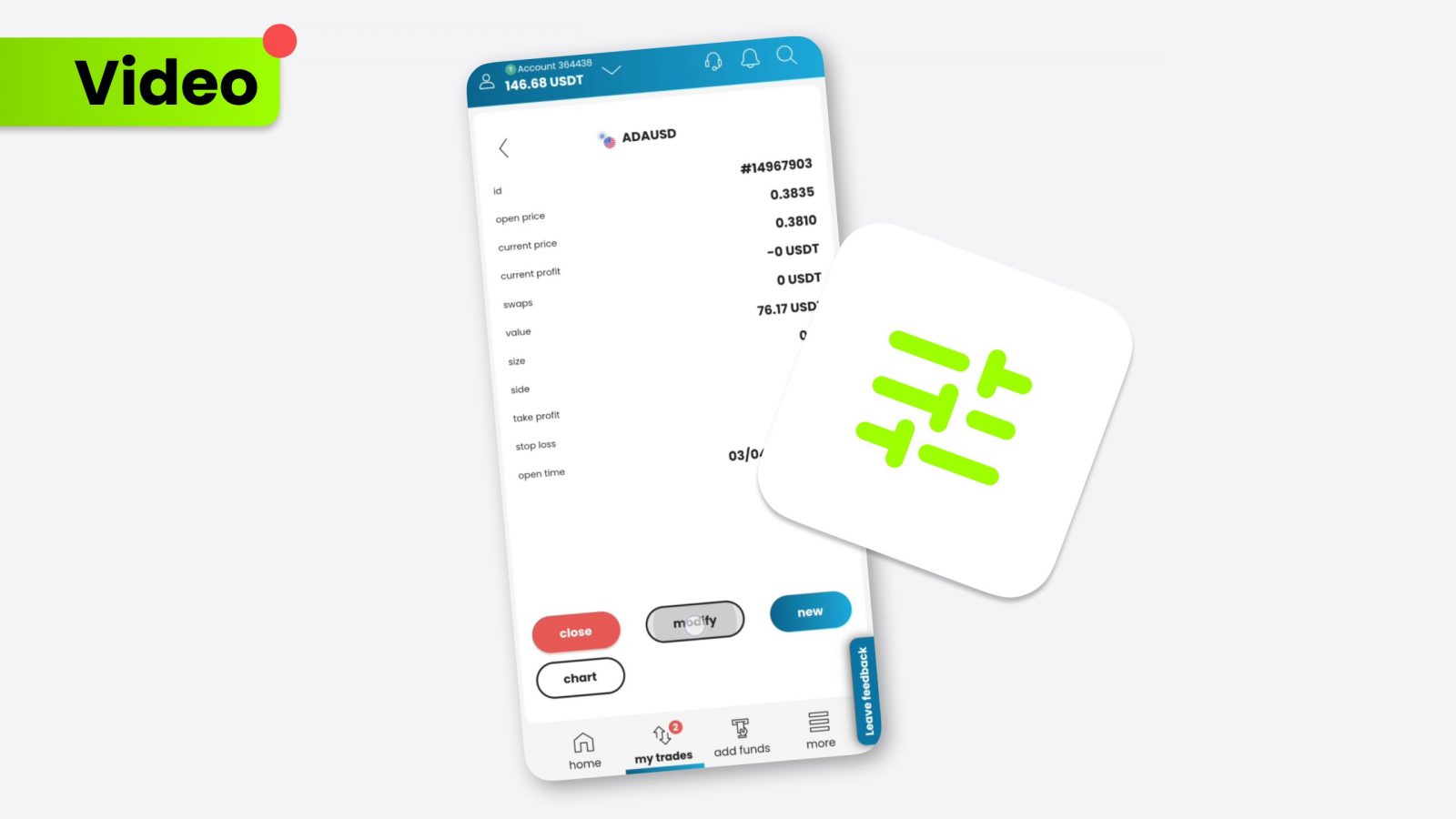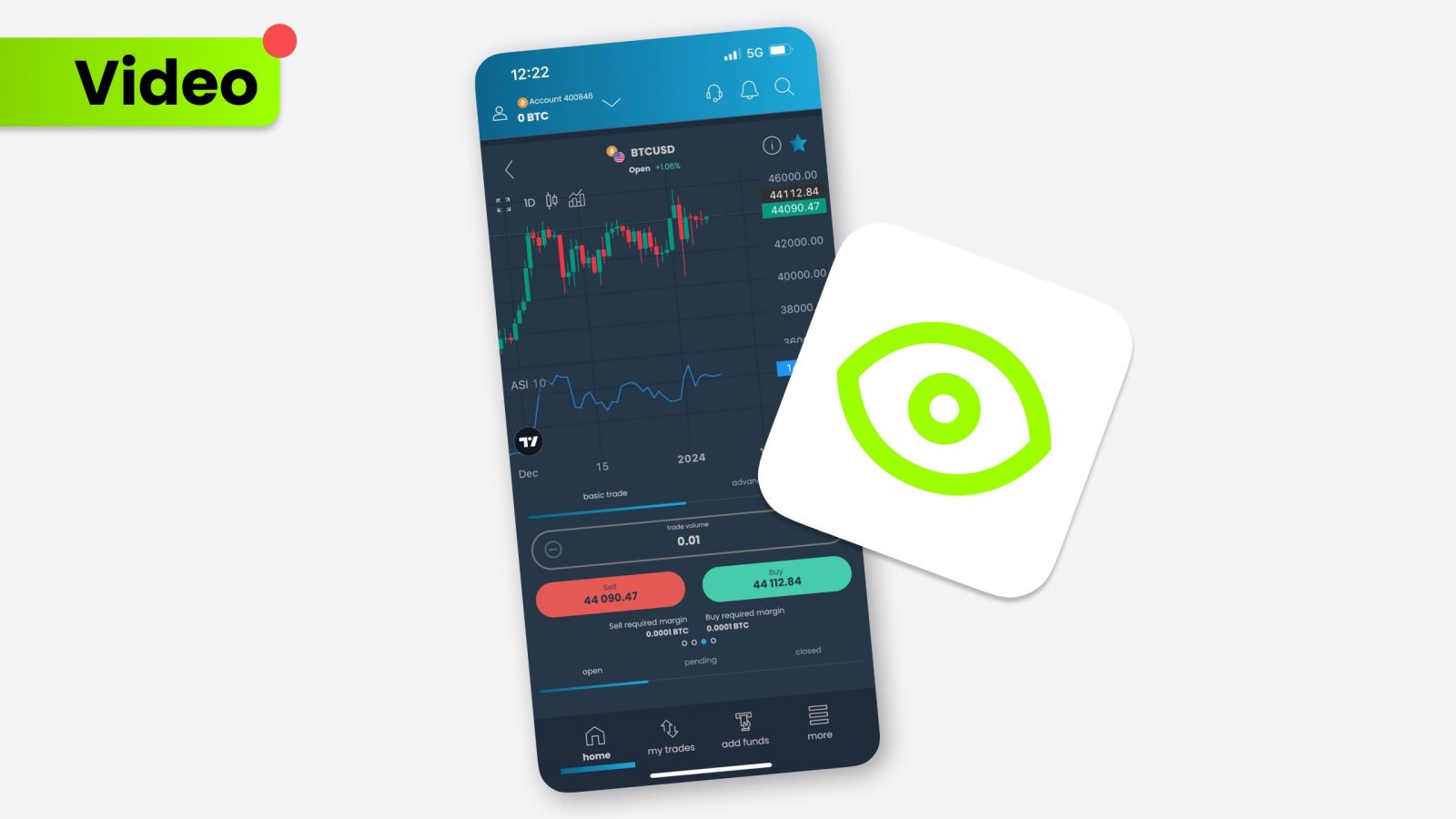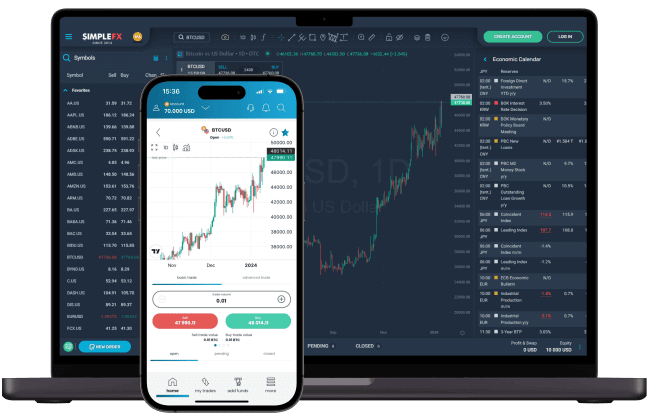Web3 represents the next evolution of the internet, focusing on decentralized networks and user sovereignty. This transformative concept extends beyond traditional web interactions, integrating blockchain, DeFi, and AI.
- Understanding the shift from static pages to dynamic, user-controlled experiences.
- Exploring the impact of Web3 on privacy and data ownership.
- Assessing how Web3 technologies foster new economic and social models.
What is web3?
Web3 refers to the third generation of internet services for websites and applications, focusing on utilizing a machine-readable decentralized database. At its core, it aims to provide more power and data privacy back to the users through blockchain-based platforms. As a leading platform in this space, Ethereum exemplifies the potential of Web3 through its support for dApps, which enhance user interaction and functionality without compromising privacy.
Web3 meaning
The term “Web3” embodies the idea of a new internet era that leverages blockchain, crypto, and decentralized networks to empower users. Unlike its predecessors, Web3 emphasizes decentralization, openness, and excellent user utility. It allows for unique interactions in digital environments, including financial transactions via various DeFi projects, the trading of NFTs, and participation in digital economies like GameFi.
Web3 in crypto
Web3’s integration with cryptocurrency is profound, defining how financial and data transactions occur without centralized intermediaries. This integration is critical for developing decentralized applications (dApps) operating on blockchains like Ethereum and other altcoins like Solana and Cardano. These platforms support a new digital economy, combining finance, gaming, and social media in previously impossible ways.
Web3: AI and its impact on network
The convergence of Web3 and artificial intelligence is setting the stage for more intelligent decentralized applications. AI can optimize blockchain operations and improve the efficiency and personalization of dApps. The integration of AI in Web3 could revolutionize how smart contracts are executed and how systems predict user needs and respond automatically in real time.
Conclusion
Web3 is more than just a technological upgrade; it represents a paradigm shift in how we interact with the digital world. Its emphasis on decentralization, powered by blockchain technology, is paving the way for a future where users have more control over their data and interactions. As Web3 continues to evolve, it promises to reshape our digital interactions, making them more secure, efficient, and tailored to individual needs. Understanding and engaging with Web3 technologies now will be crucial for those looking to stay ahead in the rapidly changing tech landscape.





